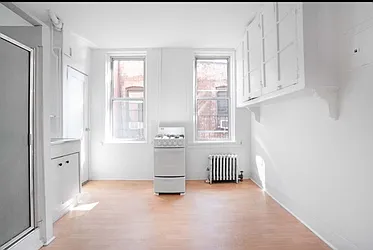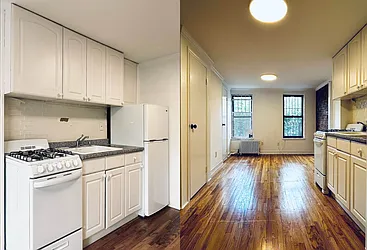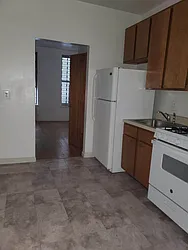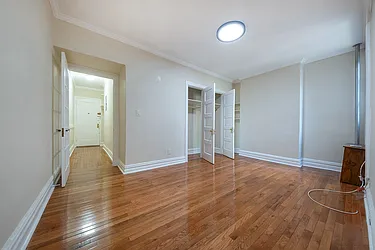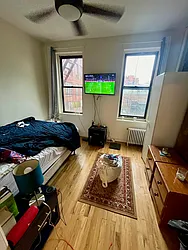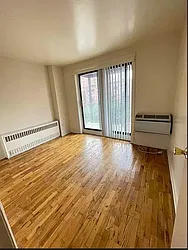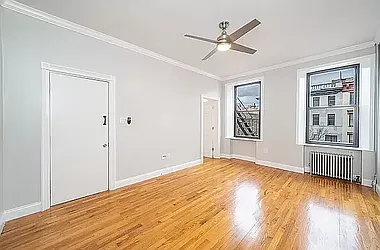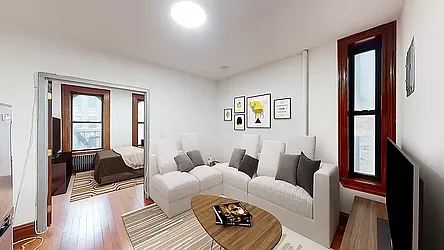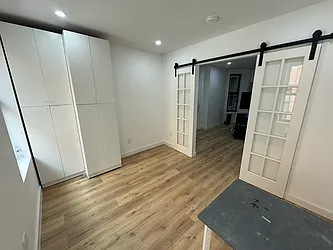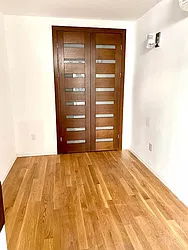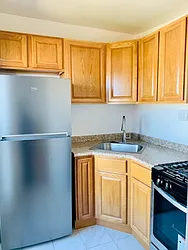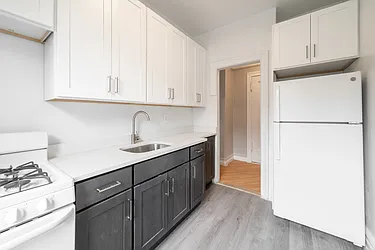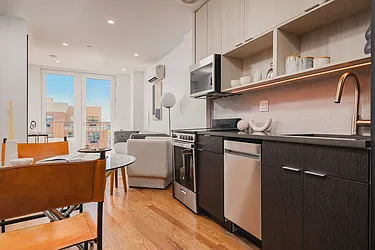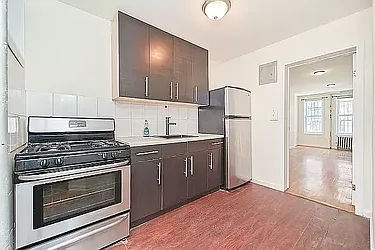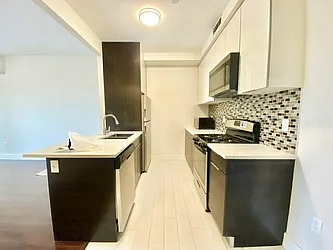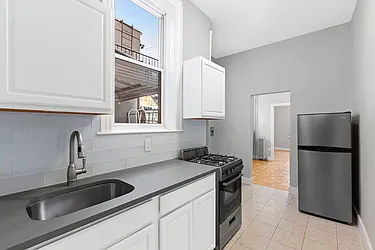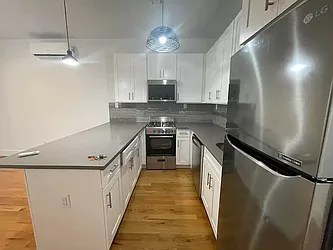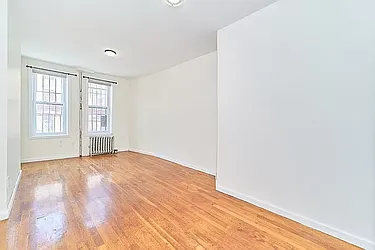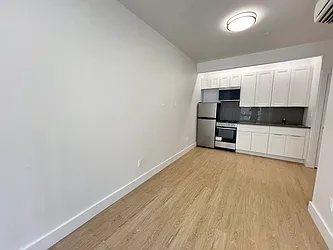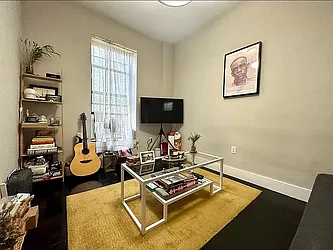COVID-19 + NYC Real Estate
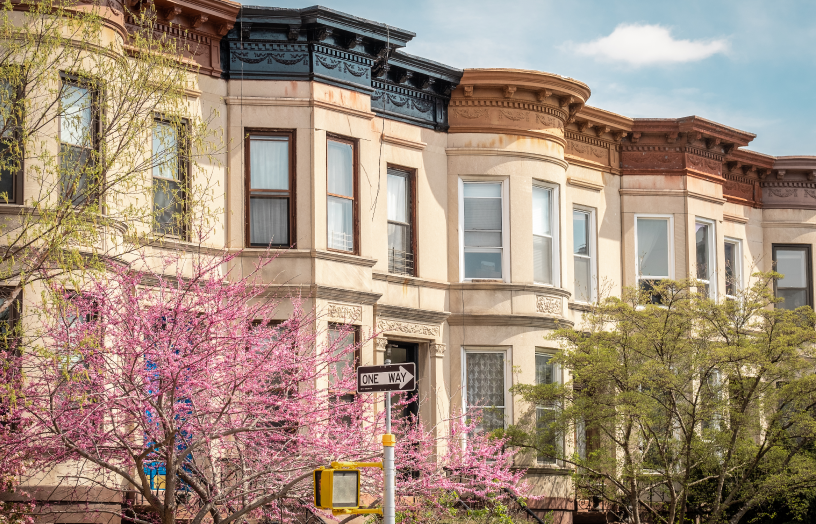
With inventory and shopper activity rising, the NYC rental market is showing some early signs of a rebound. (Getty Images)
The New York City rental market is showing early signs of a turnaround from the sharp declines it experienced in mid-March, when public health protocols around COVID-19 took effect. This NYC rental market rebound is still nascent, but should bring some encouragement to renters, landlords, and rental agents.
Starting in April, more new rentals started to hit the market each week. By the final week of the month, new rental inventory was 9% higher than even the last week of February, before the first case of the novel coronavirus was reported in NYC.
Though the number of new rentals on the market at the end of April was 33 percent lower than the same time last year, this still amounts to a significant rebound: In the final two weeks of March, new rental inventory was down 57 percent compared to 2019.
First Signs of a Rebound in the Rental Market
Early indicators show that both supply and demand for NYC rentals have started to recover from the market contractions caused by the COVID-19 pandemic:
- Since the last week of April, new weekly rental inventory has returned to late-February levels, and has continued to increase every week in May. That means renters looking for a new apartment have increasingly more options to choose from.
- On the demand side, rental listing views on StreetEasy rose by 15% in April over March, which suggests that interest is returning as renters adjust to a largely virtual world.
- Saved rentals increased by 14% in April compared to March. This could indicate pent-up rental demand that’s reaching the market as existing leases expire, although not all saves are from actively searching renters.
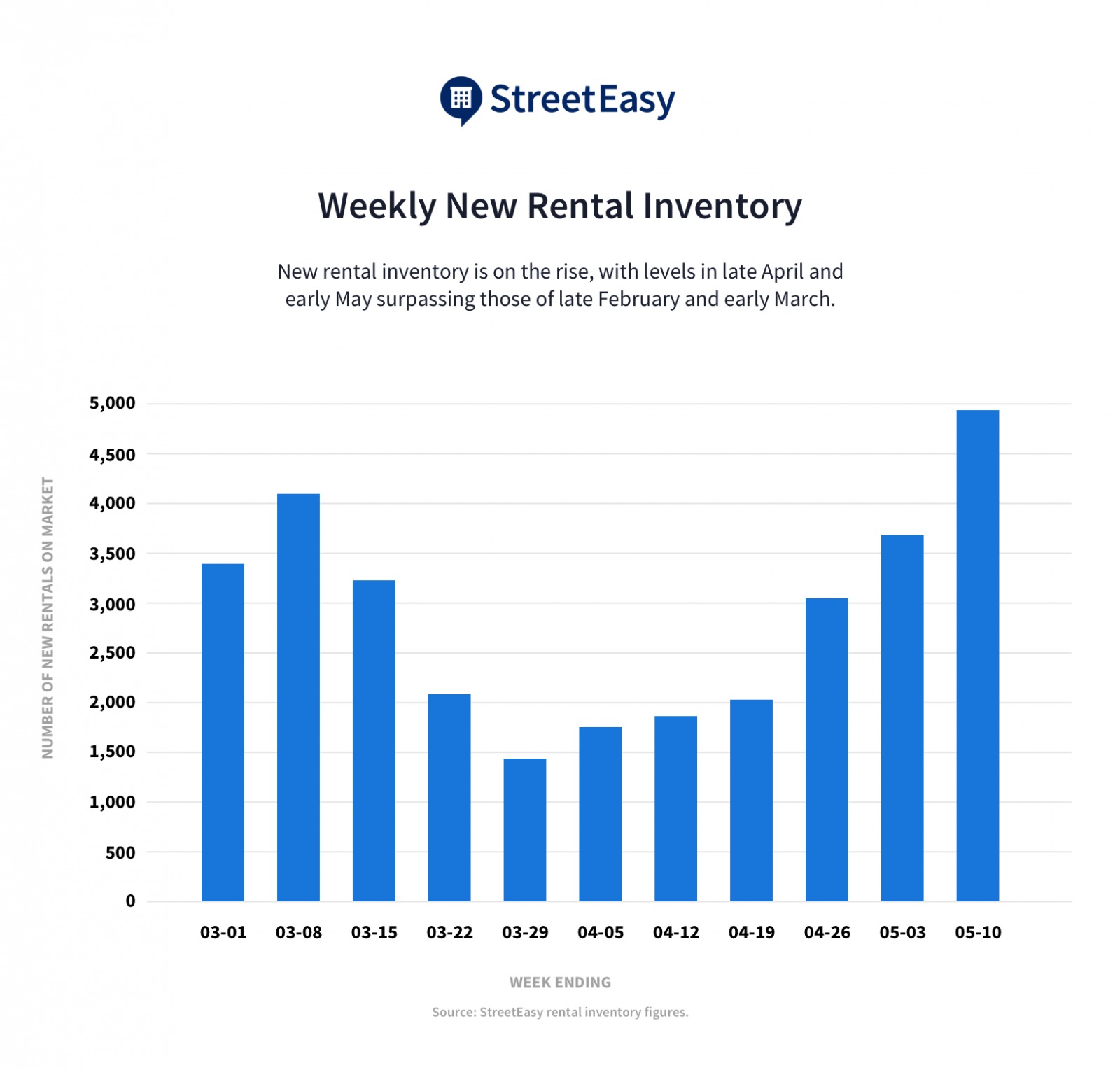
There were no significant weekly differences in saves, views, or inventory at the borough level, suggesting that supply and demand has increased generally across the city, as opposed to shifting from one borough to another.
Here’s What Could Change the Rental Market in the Near Future
These are early signs and they are hopeful, but the overall NYC housing market is still coping with significant disruptions. Many factors will determine whether these current trends last, and what could happen to the rental market next.
Apartments With Key Features May Become More Expensive
The tradeoff between commute time and affordability that New Yorkers have always had to make in their housing decisions now has a third component: amenities that allow for greater self-sufficiency, such as washers and dryers and outdoor space.
In an April survey conducted by StreetEasy, nearly half of New Yorkers indicated that home features like outdoor space, natural light, in-unit laundry, and location have become more important to them since spending more time at home due to COVID-19 precautions. This suggests that the demand and price for such apartments may rise.
Pent-Up Rental Demand and a Weakening Sales Market Could Drive Up Rents
When New Yorkers don’t buy or own homes, they rent them. Thus, an ongoing sales market slowdown would add more demand to the rental market, pushing up prices that were already at record highs before COVID-19.
Manhattan 1-2BRs Under $2700 on StreetEasy Article continues below
Furthermore, if the city’s overall population remains unchanged, a strengthening rental market would indicate a weakening sales market, as more residents shift to renting over buying.
New Yorkers Leaving Could Increase Vacancies and Drive Rents Down
On the other hand, severe job losses and the resulting high vacancy rates, even if temporary, could drive rents across the city down. This is what happened during the Great Recession, when rents across Manhattan fell by 10 percent.
The Independent Budget Office of New York City estimated that the city will lose 475,000 jobs over the next 12 months, which, if true, would plunge the city into the worst recession since the 1970s, leading to likely rent drops as people leave the city.
Brooklyn 1-2BRs Under $2700 on StreetEasy Article continues below
In the short term, rental demand could face a contraction in the coming months, as summer interns and new hires start their roles working from home, and thus eliminate a substantial portion of the high summer demand for rentals. Furthermore, when New Yorkers with leases expiring realize the city may not be back to normal in the summer or fall, they may choose to move outside the city temporarily.
Takeaways for Renters
New Yorkers in the rental market now should feel empowered to negotiate before signing a new lease. Though landlords may not cut rents, home shoppers can still ask for other concessions, such as free months of rent, appliance upgrades, waived amenity fees, or even flexible timing on the lease.
—
Whether you’re looking to rent or to buy, find your next NYC apartment on StreetEasy.

